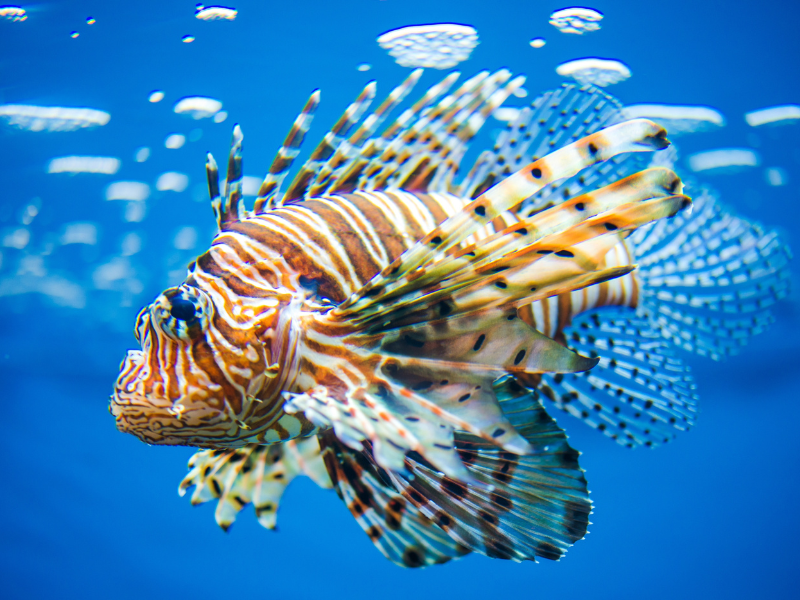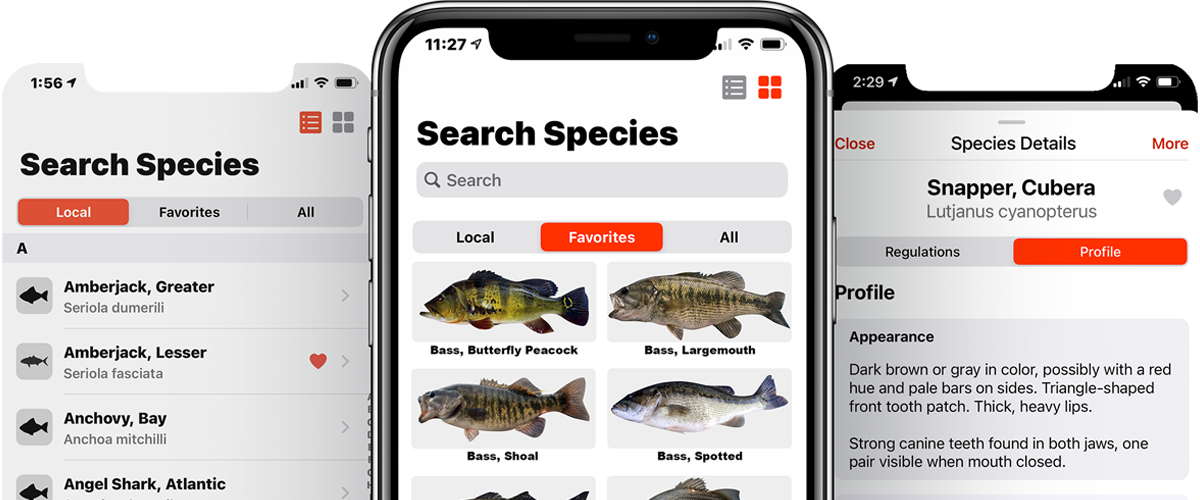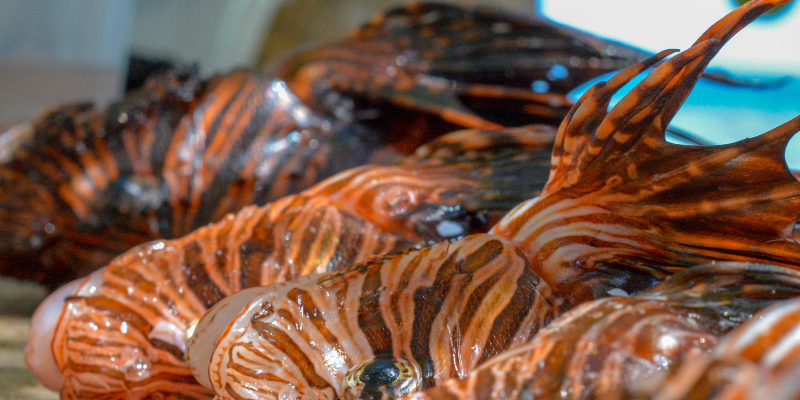With the globalization of trade and increased human activities, non-native fish species have been introduced to various water bodies around the world. While not all non-native fish are invasive, it’s essential to be able to differentiate between them and invasive species.
Native, Non-native, and Invasive Fish Species
- Native fish species: Fish species that naturally occur in a specific geographic region or ecosystem without human intervention or introduction.
- Non-native fish species: Fish species that have been introduced to a geographic region or ecosystem outside of their natural range, either intentionally or accidentally, by human activities.
- Invasive fish species: Non-native fish species that establish self-sustaining populations and have negative impacts on the native ecosystem, often by outcompeting native species, disrupting ecological balance, or causing economic or environmental harm.
In this blog post, we will provide you with a guide to help identify invasive fish species from non-native fish, enabling you to contribute to the preservation of local ecosystems.
❖ Research Local Fish Species ❖
Start by familiarizing yourself with the native fish species in your region. Local fish field guides, websites, or consulting with local fisheries authorities can provide information on the natural fish populations.
Understanding the native species will make spotting non-native or potentially invasive fish easier.
❖ Know the Invasive Fish Species in Your Area ❖
Research and educate yourself about the invasive fish species known to occur in your region. Local fish and wildlife agencies, environmental organizations, or online resources provide lists of invasive species specific to your area.
Being aware of these species will enable you to recognize them when you encounter them while fishing.
❖ Observe Physical Characteristics ❖
Invasive fish species often possess distinct physical characteristics that can help differentiate them from non-native fish. Look out for the following features:.
- Coloration and Markings: Invasive species may exhibit vibrant or unusual color patterns, stripes, or spots that are distinct from the local fish. Take note of any unique markings that catch your attention.
- Body Shape and Fins: Pay attention to the shape of the fish’s body and the structure of its fins. Invasive species may have different body proportions, exaggerated fins, or unique shapes that set them apart from native or non-invasive fish.
- Teeth and Mouth Structure: Some invasive fish species have specialized teeth or mouth structures for feeding on specific prey. Familiarize yourself with the typical mouth characteristics of both invasive and non-native fish to help identify potential invaders.
- Size and Growth Rates: Invasive fish species often have rapid growth rates and can reach larger sizes compared to native or non-invasive fish. Keep in mind the typical size ranges of the local fish species, and if you come across an unusually large or fast-growing fish, it might indicate an invasive species.

Due to their non-native status in Atlantic waters, lionfish have limited natural predators. As carnivores, they prey on small crustaceans and fish, which include the juveniles of important commercial fish species like snapper and grouper.
❖ Behavior and Habitat Preferences ❖
Observe the behavior and habitat preferences of the fish you encounter. Invasive fish species may display aggressive feeding behaviors, territoriality, or adaptability to various environments.
They might also outcompete native species for resources. Note any unusual behaviors or habitat choices that differ from the native fish you are familiar with.
❖ Seek Expert Assistance ❖
If you are unsure about the identification of a fish species, don’t hesitate to seek expert assistance. Local fisheries authorities, fish biologists, or natural resource departments can provide guidance and help you correctly identify the fish in question.
Sharing clear photographs or detailed descriptions of the fish will aid in accurate identification.
❖ Guidelines for Capturing Invasive Fish in Florida ❖
Furthermore, it is against the law to release these fish alive. You are required to either consume them, utilize them as bait, or find alternative methods to appropriately dispose of them.
Conclusion
Differentiating invasive fish species from non-native fish requires careful observation and knowledge of the local fish populations. By researching and familiarizing yourself with native species, understanding the invasive fish species in your area, and paying attention to physical characteristics, size, behavior, and habitat preferences, you can become adept at identifying potential invaders.
Your vigilance and ability to distinguish between non-native and invasive fish will play a crucial role in preserving the health and balance of our aquatic ecosystems.
Take Your Fish Identification Skills to the Next Level with FishVerify!
If you’re passionate about fish identification and want to enhance your abilities, we have the perfect solution for you. Check out FishVerify, a user-friendly mobile app designed to assist anglers and nature enthusiasts in identifying fish species accurately.
With FishVerify, you can simply snap a photo of the fish you’ve encountered, and the app will provide you with detailed information on rules, regulations, and identification assistance.

Download FishVerify today and dive into the world of fish identification with confidence!


